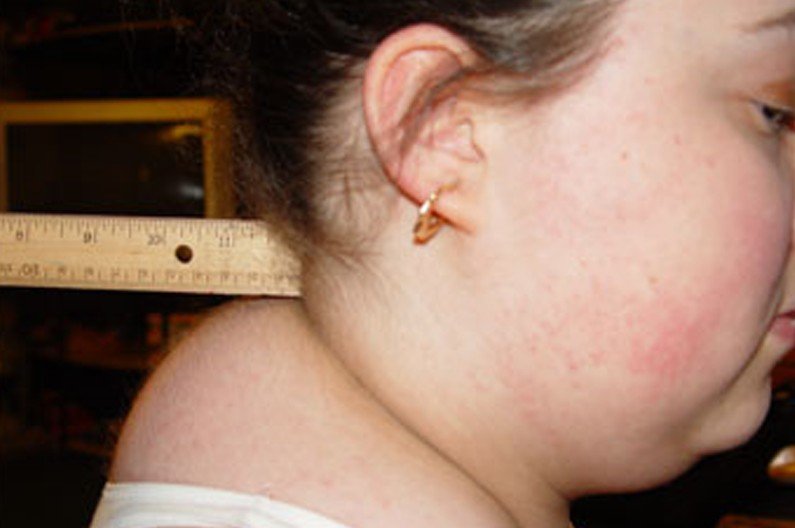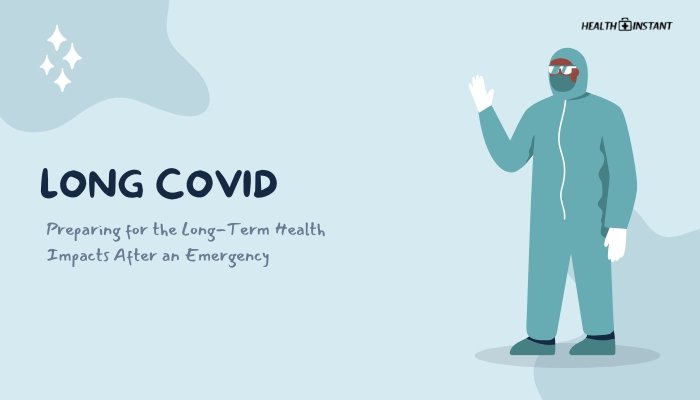Buffalo Hump
A certain condition wherein subcutaneous mass of fat is deposited behind the posterior and the base of the neck. These can occur due to a number of conditions. It may come in different sizes and each hump needs to be treated dependent on those factors.
What is Buffalo Hump?
Buffalo Hump is often referred to as “dorsocervical fat pad or cyphosis” a symptom of several medical conditions and a popular term for a mass of adipose fat (lipoma) present around the lower and upper thoracic vertebrae, specifically located at the top back of the neck between the shoulders. It commonly occurs as a result of excessive secretion of cortisol hormones by the adrenal glands.
When deciding on the method of treatment for a buffalo hump, consider the following factors to reduce the risk of potential complications of having buffalo hump. Let’s mention a few:
- Osteoporosis
- Cardiovascular Disease
- Diabetes (high level of sugar)
- Bone Fractures
In general, about 40-50 percent of buffalo hump usually occurs more common in older ones and probably slightly more often in women.
Dunnigan, kobberling, mandibuloacral dysplasia, prednisone are several types of buffalo hump that are genetically inherited that may appeared in our older patients and may worsen because of underlying osteoporosis – a condition wherein the bones of our body becomes thin and weaker. These conditions are especially high risk complications and normally need surgical treatment in some cases.
Symptoms
Every patient may experience different symptoms but it has some common symptoms which may vary depending on the underlying condition of the person that has a buffalo hump.
Symptoms and signs of a buffalo hump include:
- Elevation of the hump over the neck
- Enlargement of the breast and chest
- Severe Obesity
- Breast Enlargement
- Reduce range in motion
- Changes in their physical appearance
- Lumps of fat occurs irrespective of body parts
- Bulging out belly
- Swelling of the face, limbs, buttocks, etc.
- High Blood Pressure ( hypertension)
- Excessive hair growth
- Menstrual Changes
- Weakness (loss of strength)
- Kyphoscoliosis or scoliosis (curvature of the spine)
- Muscle Cramps
- Frequent urination
- Pain and difficulty sleeping (insomnia)
- Movement restriction
- Endocrine Symptoms
- Fatigue ( adrenocortical carcinoma)
Causes
There are numerous common causes for a buffalo hump. The following are as follows:
- AIDS medications
- Hormonal Imbalance – Due to elevated levels of cortisol
- Excessive accumulation of fat
- Osteoporosis – Also known as “Kyphoscoliosis” weakening and thinning of the bones
- Lipodystrophy – Selective loss of body fat
- Hypercortisolism ( caused by Cushing Syndrome)
- Extreme Obesity
- Hyperinsulinaemia – excess growth of the adrenal glands
- Long term use of steroids and certain medications – Used to different conditions like inflammatory diseases
- Long-term glucocorticoid therapy
- Pituitary dysfunction or tumor
- Glandular Problems :
- Adrenal Tumours
- Hyperplaxia – (excess growth of the adrenal glands)
Treatment
If an individual is suffering from a buffalo hump. There are available and effective treatment / ways to solve such problems. These treatments are depending on it’s underlying disease, disorder or condition. The following treatments are as follows:
- Apply compresses anti –inflammatory – It helps reduce the inflammation and bring great relief to the patient
- Restriction of the drug intake / reduction of it’s dosage – Long term use of steroids, certain medications, etc.
- Radiation Therapy
- Exercises – Helps in strengthening the neck and the upper back, shoulders, arms, etc.
- Healthy Diet and exercise – Helps in reducing the size of the hump and relief the pain due to obesity
- Cosmetic Surgery Medication
- Hormonal Therapy
- Combination of all treatments
- Inform a physician in case the hump is severe or sudden changes in the shape or appearance of your body for he/ she may prescribed medication/ procedure you have to undergo to treat the affected area and assess adherence top the regimen.
Surgery
The main goal of the surgery to the affected buffalo hump patients are the lasting relief and deformity correction of their body. Individuals that have a severe hump in their body may undergo such operation. The following are as follows:
- Balloon Kyphoplasty – reduce back pain by inserting a balloon on the affected part of the body and filling it with cement. It has a short recovery time.
Note: This procedure is recommended for older patients ranging from 60- 90 because the younger ones are more likely to heal.
- Liposuction Buffalo Hump Removal – removal of the hump in the affected area. On the other hand, contour deformity and the degree of “bumpiness” is the common complication of this procedure.
Note: Significantly, this kind of procedure may burn and damage our skin cells. Aside from that, the whole procedure is much expensive than the standard one.
- Ultrasonic Assisted Liposuction – more efficient than the standard liposuction. It provides significant improvement but unfortunately, it can’t get all the unnecessary excessive fatty tissue in our body.
- Tumescent Liposuction – much safer than ultrasonic assisted liposuction. It is designed to eliminate large amount of fatty deposits in our body. It has an excellent safety profile among the other procedures.
Buffalo Hump Exercises
This back hump exercises will improve your overall body posture and decreasing your risks of neck, lower back, and leg injuries, etc. The following exercises are as follows:
Aerobic Exercise – a cardiovascular activity for about 20-30 minutes, 3-5 days per week within your heart rate range is the recommended exercise for treating the affected area of the patient. Through this, it also helps in muscle strengthening and maximizes the burning of the fats in the body.
Weight or Resistance Training – According to some research, a minimum of 2-3 days per week of strength training is good for the patients who are affected by buffalo hump to exercise with weights or resistance for this may help in minimizing the appearance of buffalo hump in the affected part of the body.
This specific exercise has been promoted and mostly adopted by patients who are suffering from this condition. Let’s mention a few:
- Place your both hands on the back of your head and press it forward. Hold this position for about 5 (five) seconds and then release, then repeat the whole procedures.
This simple procedure creates resistance to your body as you push your head back using your neck muscles.
- Exercises using a barbell (constant repetition)
This form of exercise helps in strengthening the neck and upper back of our body and at the same time helps in relieving stress.
Take the following preventive measures that greatly support in the treatment of buffalo hump. These may include:
- Avoiding unfettered work in a single posture
- Working with objects which abide by ergonomics – Helps in comforting one’s life without getting stressful activities
- Keeping distance from monitors and other objects – For it may strain one’s vision
Recovery / Removing Time
It takes from one (1) to two (2) months for a successful removal of the buffalo hump but it also takes six (6) to (1) year or (greater than a year) where the source of the buffalo hump has not been removed or has not been eliminated by the procedure. Any patient undergoing any procedure should be aware of this possibility.
Buffalo Hump Pictures
source : childrenshospital.org
source : weddingbee.com
source : cushings-help.com
source : wilshireaesthetics.com







